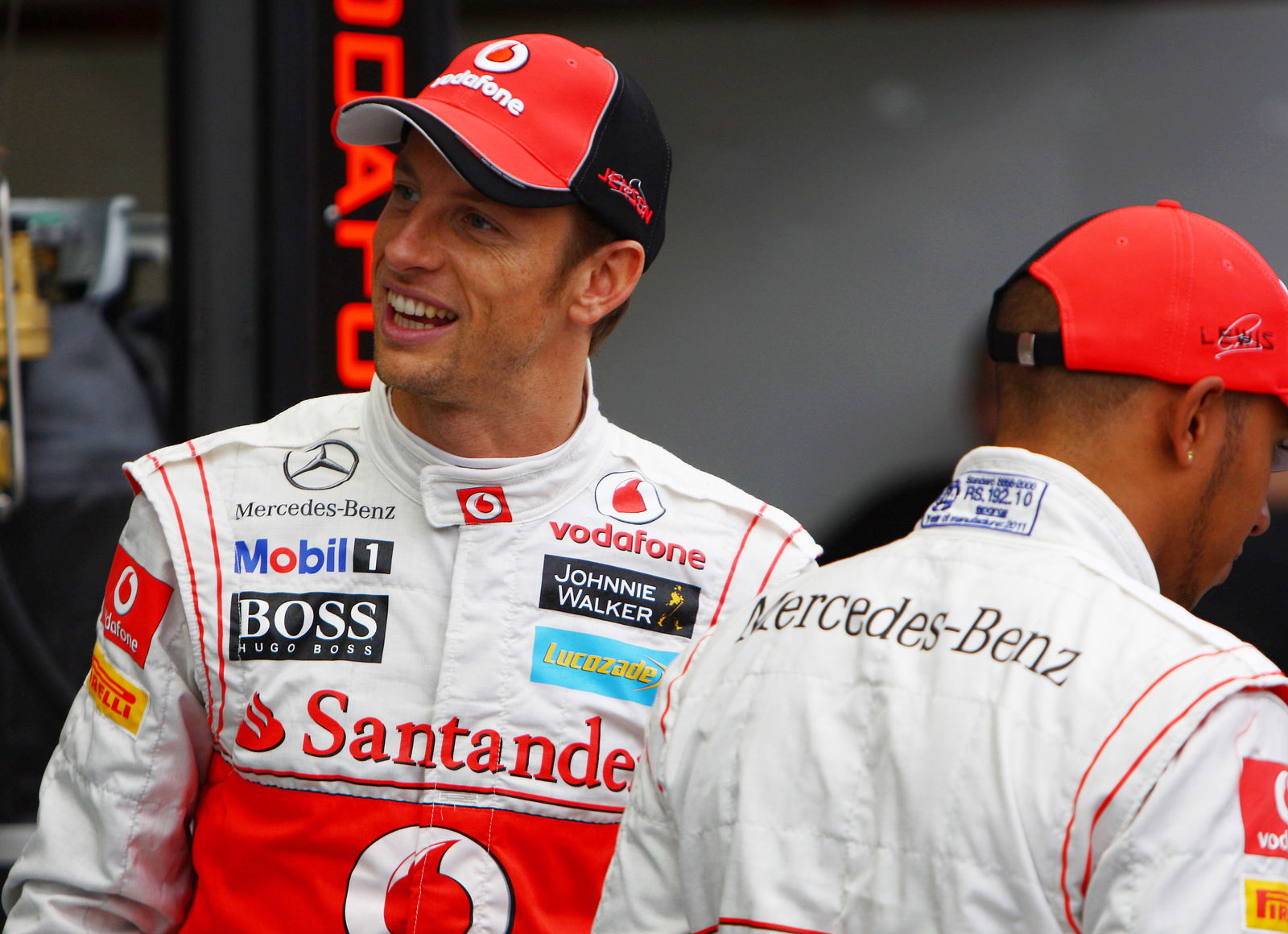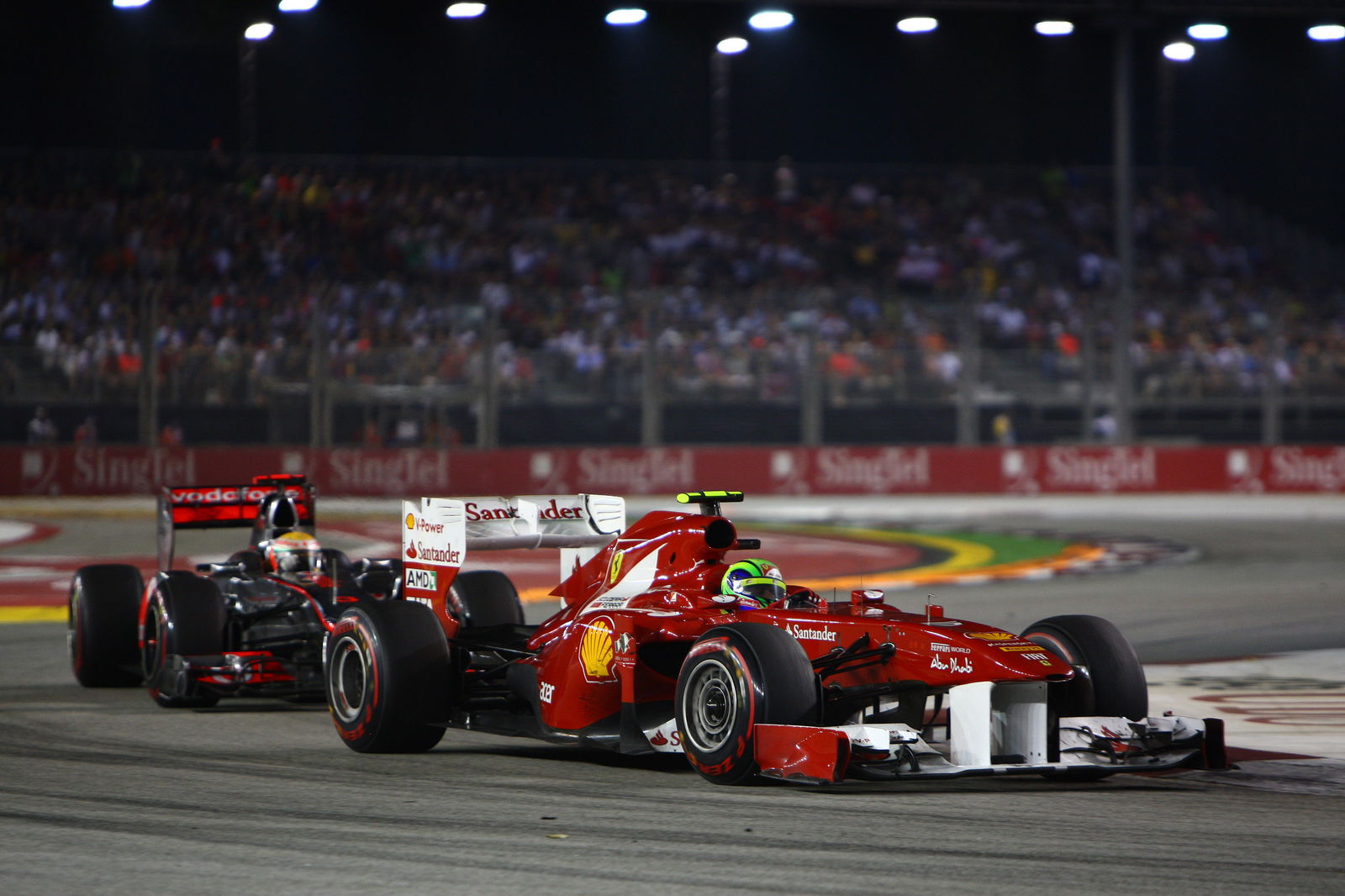Renault admits exhaust to blame for poor performance

The beleaguered Lotus Renault team has conceded that its development potential was limited by the decision to run with forward-facing exhausts in 2011, despite the idea being lauded as revolutionary during pre-season testing.
When Robert Kubica and Nick Heidfeld posted table-topping times in successive group sessions before the 2011 campaign got fully underway, observers believed that there would be a rush of copy-cat designs, especially as the German and team-mate Vitaly Petrov also secured podium finishes in the opening two rounds, but the long-term benefits of the distinctive-sounding design have been limited, according to technical director James Allison.
Speaking to the team's official website, Allison admitted that, while having benefits in some areas, the exhausts do not allow Renault to remain a points contender at all tracks, notably slow-speed venues such as the Marina Bay layout used at last weekend's Singapore Grand Prix, where Bruno Senna and Vitaly Petrov finished two laps down on race winner Sebastian Vettel - who was also Renault-powered - despite the Brazilian having been a top ten qualifier and points finisher in the past two rounds, at Spa and Monza.
"We entered the race knowing that our pace would be poor and our tyre degradation high, [as] this is what we had seen on Friday and Saturday," Allison revealed, "There is always a bit of you that hopes, irrationally, that it might be different in the race but, as events showed, free practice and qualifying were accurate portents of the grim two hours that unfolded on Sunday."
Linking similarly disappointing results at other slow-speed circuits, Allison acknowledged that the team's development direction had taken it down, if not a blind alley, at least something resembling a one-way street. Doubts had already surfaced about the forward-facing design when Heidfeld tested a more conventional layout before F1 left Europe, but any possible switch was shelved when the German claimed that there was not enough performance difference between the two designs.
"Anybody can spot that we have suffered very poor performance at Monaco, Hungary and Singapore," Allison accepted, "The simplest explanation is that there is not enough downforce in low-speed corners. We know from our experiments with rear blowing exhausts earlier in the year that they do offer a lot more rear downforce - especially at high rear ride heights.
"We know that slow speed tracks allow the rear to be held up high in all the corners and we know that rear downforce is a prized asset for coping with the traction demand at these tracks. We also know that the forward exhaust, by contrast, performs more strongly once the rear ride height starts to compress - something that cannot be avoided in medium- and high-speed corners. It is probably reasonable to conclude that this is the basic mechanism behind the way that we shed so much competitiveness at slow-speed tracks."
While the exhaust has taken the brunt of the blame for the recent drop-off in performance from the R31, Allison admits that there are other flaws in the car's basic design, but is confident that these will not be carried over to the 2012 machine. The exhaust on next year's car will be mandated by the rulebook, after the FIA decided to outlaw blown diffusers and wrote stricter regulations governing the exit point and partial design of the system.
"Even at Spa and Monza, where our performance was acceptable, we still had to tweak the aerodynamic setup during the weekend," Allison confirmed, "Our car is very sensitive and extremely unforgiving of even the slightest geometric misalignment. This weekend [in Singapore], we were plagued by rear wing and floor issues that all seem to be even more sensitive at very low speeds than they are at the higher speeds where our car is more comfortable.
"Of course, each of these problems we can engineer out of the R32. However, at this stage of the season, it is much harder to address these underlying problems for the R31 [although] several of the remaining races offer a range of medium- and high-speed corners where we ought to be able to get the car back into the points.
"We need to [start scoring again because] Force India is starting to breathe down our neck and we need a few good results to stay ahead."

